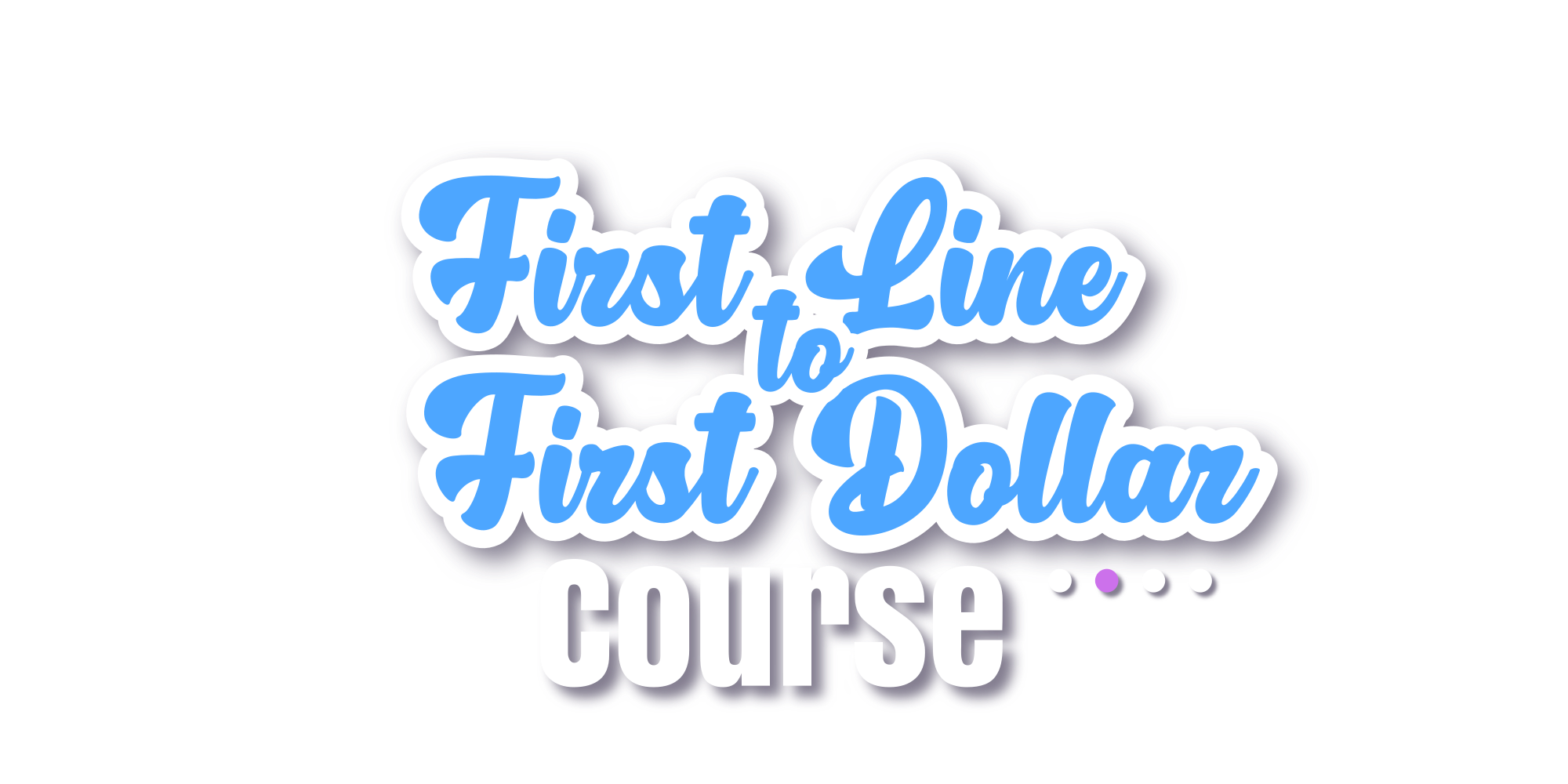New Chapter Alpha Release: Importing and Implementing Art Using Tilesets and TileMapLayers
Hello, everyone! 🐷
I'm excited to announce the release of a brand-new chapter for the First Line to First Dollar course: Importing and Implementing Art Using Tilesets and TileMapLayers. This chapter dives into one of the most exciting new features introduced in Godot Engine 4.3: the TileMapLayer node!
What's New in Godot 4.3?
For those who have been using Godot Engine for a while, you might remember the 3.0 version's Autotiles feature. It was a game-changer, allowing developers to automate tile placement with pre-defined rules, saving hours of manual work. Fast forward to 4.3, Godot has introduced the TileMapLayer node, an even more streamlined way of managing tilesets by consolidating layers into a single node, which means better performance and a more organized workflow!
In this chapter, you will:
- Import your assets – Starting with PixelFrog's amazing Kings and Pigs asset pack, we guide you through importing and setting up .png files in Godot, using the engine's built-in image manipulation tools.
- Create a TileSet resource – Learn how to slice images into tiles and configure their metadata, including physics layers, Y-sorting, and much more.
- Master the art of bitmasking – We'll cover the bitmask system, which automates tile placement based on surrounding tiles, allowing Godot to handle the heavy lifting while you focus on creativity.
- Configure physics interactions – Learn how to assign collision shapes to tiles, making sure your player interacts properly with platforms, walls, and other elements of your levels.
Highlights of the Chapter
- Turning Images into TileSets: We'll walk you through turning your image files into TileSet resources that can be used in TileMapLayers, ensuring all your tiles are properly sliced and ready for action.
- Painting Autotiling Rules: By setting up bitmasking, you'll allow Godot to automatically replace tiles based on their surroundings, making level design a breeze.
- Configuring Collision Shapes: Ensure your player won't fall through the map by painting physics properties directly onto your tiles.
- Reusable Tile Patterns: Save time by creating patterns of tiles that can be easily reused for complex elements, like windows or decorations.
This chapter is packed with practical exercises to help you master these new features. Whether you're just starting out with Godot or a seasoned developer, these tools will enhance your workflow and take your level design skills to the next level.
What’s Coming Next?
Next up, we’ll dive into importing character sprites and creating animations using the new AnimatedSprite2D node. Stay tuned for detailed tutorials on setting up animated sprites!
Files
Get First Line to First Dollar
First Line to First Dollar
A complete course to help you go from concept to publishing and earning your first dollars with your games
| Status | In development |
| Category | Assets |
| Author | Pigdev |
| Genre | Educational, Platformer |
| Tags | course, Game Design, Godot, Indie, Itch Funding, Management |
More posts
- Level Design 101: "Progression Systems" Chapter is HERE!12 hours ago
- Internal Economies Chapter Release17 days ago
- Incentive Systems Chapter Release24 days ago
- Game Design Secrets Revealed: Fresh Chapter Drop!31 days ago
- Introduction to Games Chapter is LIVE!38 days ago
- 🎉 Exciting News: Course Delivery Gets a Major Upgrade! 🚀42 days ago
- New Chapter Alpha Release: Setting Up Godot for Pixel ArtAug 18, 2024

Leave a comment
Log in with itch.io to leave a comment.